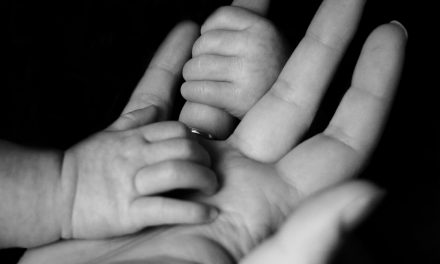Temper tantrums are a normal milestone and can start as early as just after a first birthday and may not stop until a child is around three years old. By the age of 2, toddlers usually hit key developmental milestones, such as communicating in two or three-word sentences. Besides this, they’re now walking, climbing, and understanding words such as “mine” and “no,” which they didn’t necessarily understand as infants. Frustration is growing in your child all the time, and eventually, a tantrum will begin.
The terrible twos and tantrums are a usual stage of development and a sign that your toddler has achieved some major developmental milestones, as they’re now very switched on with daily life. As a result, they’re also becoming much better at walking, jumping, other activities, and making themselves understood by others. In addition, they’re also working out what adults are doing and will want to do the same things, such as talking on the phone, washing their hands, etc., but they still aren’t aware of what is safe to do in case tantrums often occur. Your child is very smart and will now test boundaries, as they’re now seeking their independence.
How To Deal With Terrible Twos
First of all, take a deep breath! Temper tantrums and the terrible twos aren’t easy, but there’s a big secret in coping with this phase! NEVER give attention to your child when this happens. If you do, your child will think it’s all a great game, and the tantrums will just continue, and everyone will become more frustrated.
To learn more about the same, check out our blog on ‘How to stop temper tantrums in toddlers’.
Full-On Temper Tantrums
Stand back, although it’s hard, as your child is being very clever in testing his limits with you. Most children go through this milestone, and it’s a phase that parents dread. And besides, it’s not nice seeing a child kicking and screaming on the supermarket floor and everyone watching the action, but you must ignore it. Besides, they’ll get over their tantrums and be sweet and wonderful again.
Signs Of Terrible Twos
It’s difficult to judge a start date as each child is different, but you’ll notice many changes around the age of two. It is when the tantrums often start. There are key signs to look out for, but the main one is the child’s frustration. For example, your child may want a drink or a particular food that he spots, but they will throw a tantrum instead. It is because they can’t fully understand situations, especially if they have refused it. And if you happen to give them something other than what they are pointing at, they will certainly have a meltdown. But take heart, as once a toddler can ask for what they want, the tantrums will stop.
Physical Penalty

While undergoing temper tantrums, kids try to express themselves through crying or running away to grab your attention.
Beware, as some toddlers might lash out physically. It may turn a bit annoying when terrible twos and hitting occur simultaneously. Crying, screaming, or throwing themselves on the floor is common with the terrible twos temper tantrum and is typical in this developmental phase. You simply have to ignore it!
Territorial Fighting
As toddlers learn the concept of “mine.” Whether it concerns people or objects, they become very possessive and protective. They tend to pick up a fight with whoever takes away what they assume is sole “theirs .” It could be anything in the household, like a sofa, chair, or specific spot on the floor.
How Long Do Terrible Twos Last?
The terrible twos is just a stage, and it will pass as it’s your child’s way of figuring out right from wrong. It is a learning phase, and while they are experiencing it, you would notice them looking at you for support even during their most outrageous temper tantrums. They are seeking support from you in some way. So, while the terrible twos may be as terrible as you imagined and one that every parent dreads, learning what sparks this phase and why it’s such a crucial part of growing up will eventually help you and your child get through these tough times.
Tips For Handling Temper Tantrums
Key points for handling tantrums are:
- Distraction: Get your child to focus on something quickly
- Never give in and don’t panic: although it’s easier said than done!
- Hold them gently and talk to them in a clear voice.
When the tantrum is over, do something special to divert the incident. Likewise, always praise your child for good behavior, and understand your child’s needs.





